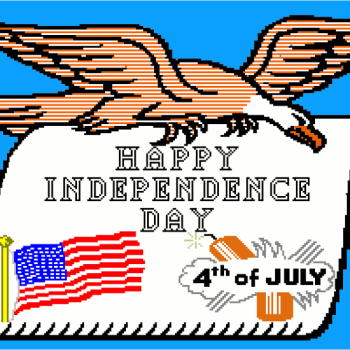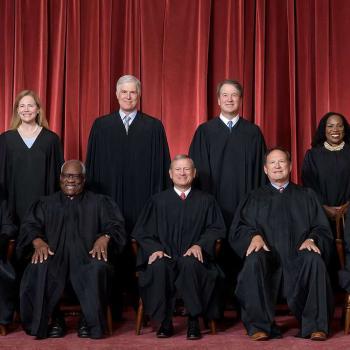The government is offering prizes to get people to innovate and to solve problems.
“Inducement prizes” (as opposed to “recognition prizes,” like the Nobel or the MacArthur or the Pulitzer) make up a major part of the Obama administration’s grand Strategy for American Innovation. Last year, outlining its vision for a more competitive America, the White House said the government “should take advantage of the expertise and insight of people both inside and outside” Washington by using “high-risk, high-reward policy tools such as prizes and challenges to solve tough problems.” . . .
In 2009, the Congressional Research Service, the research arm of Congress, published a thorough survey of government prizes and their efficacy. To work best, it said, the challenge needs to be big (a question interesting enough to pique interest), specific (a question that can be answered) and rewarding (a question worth answering, with a prize worth winning). The top of its list of best practices reads: “The contest goal is widely judged to be worth pursuing and is in fact among the most important challenges facing the nation.” The prizewinning answer needs to offer “substantial” benefit to society, ideally in a “high-risk but high-reward” contest.











